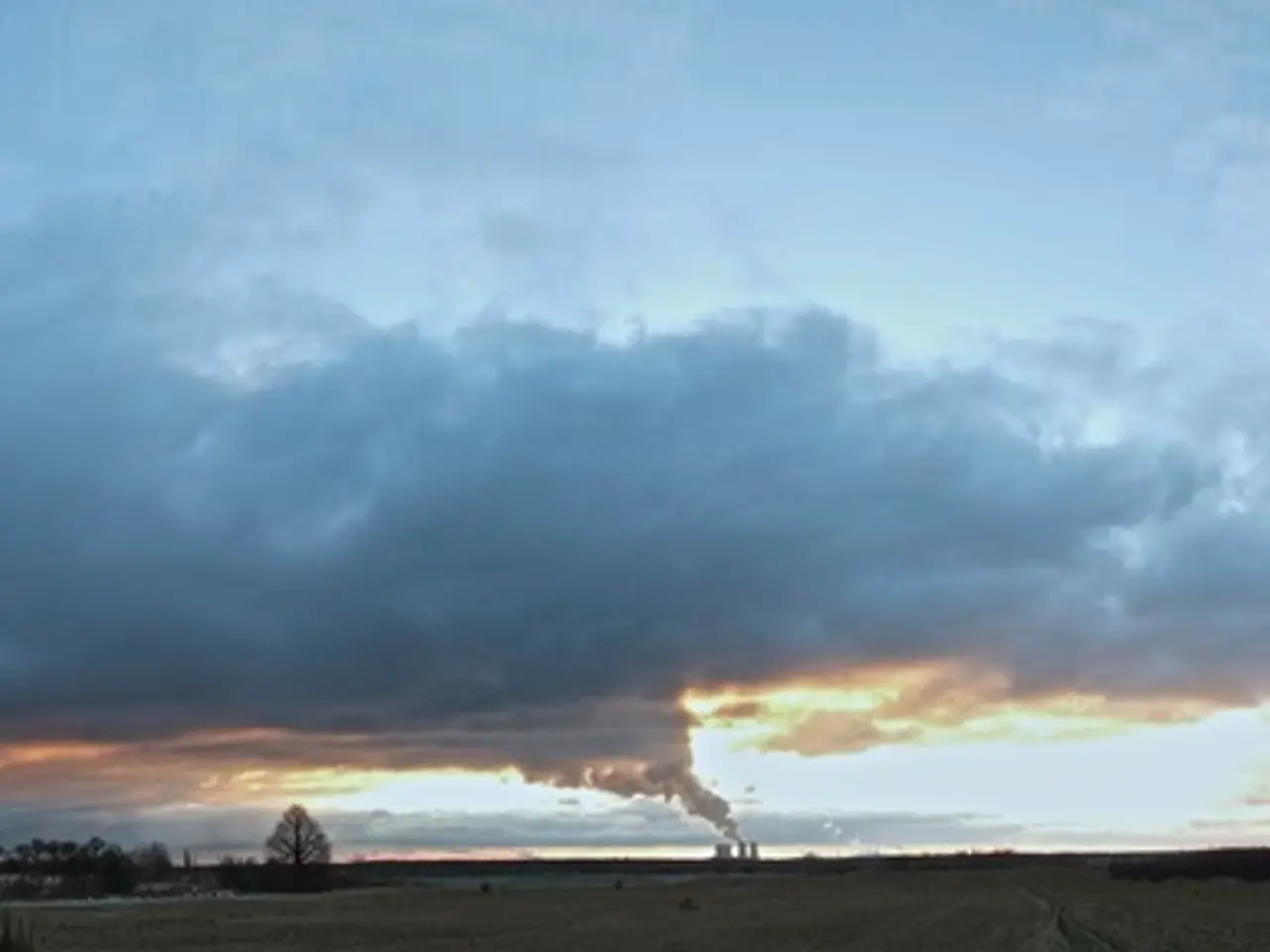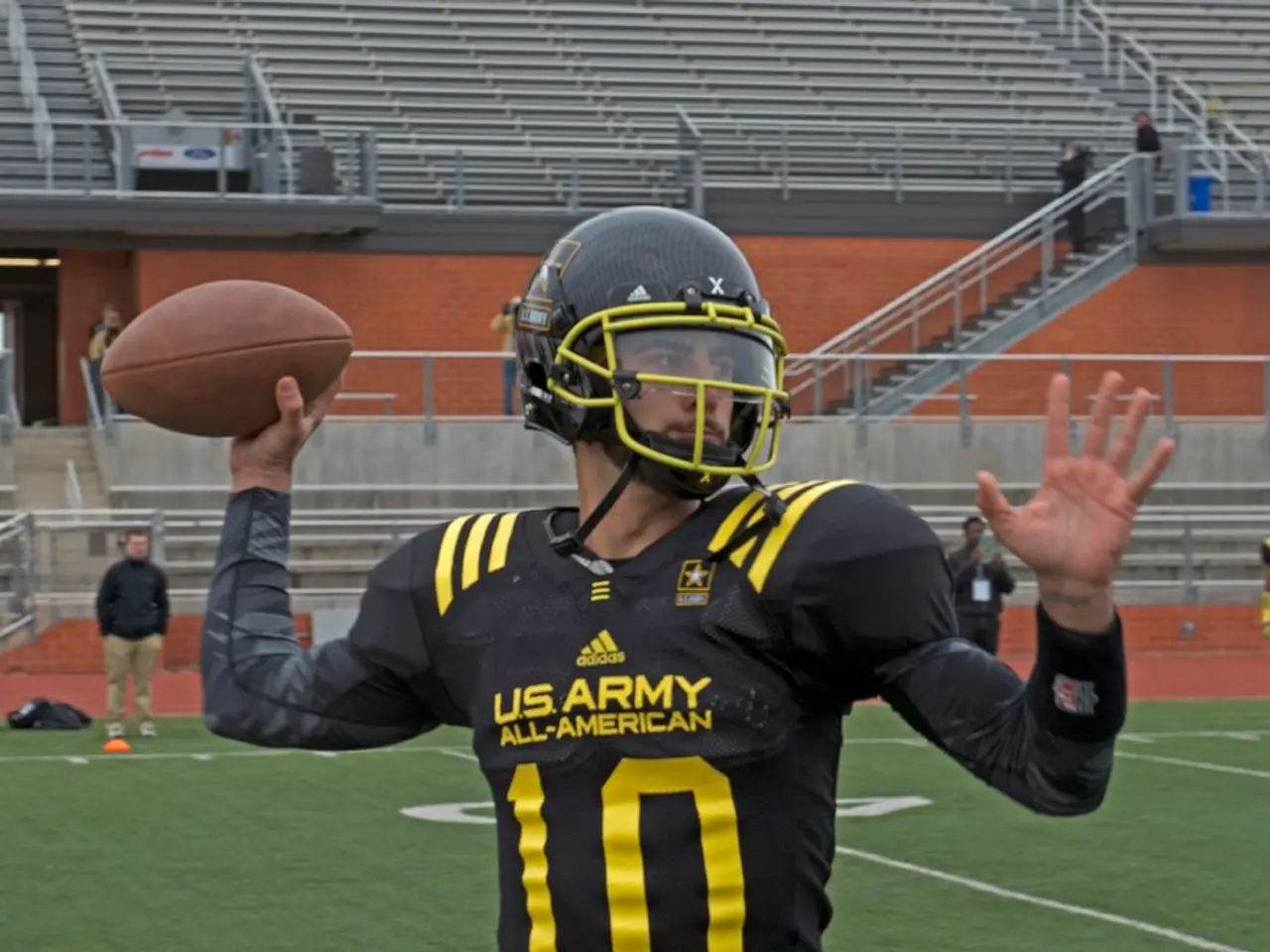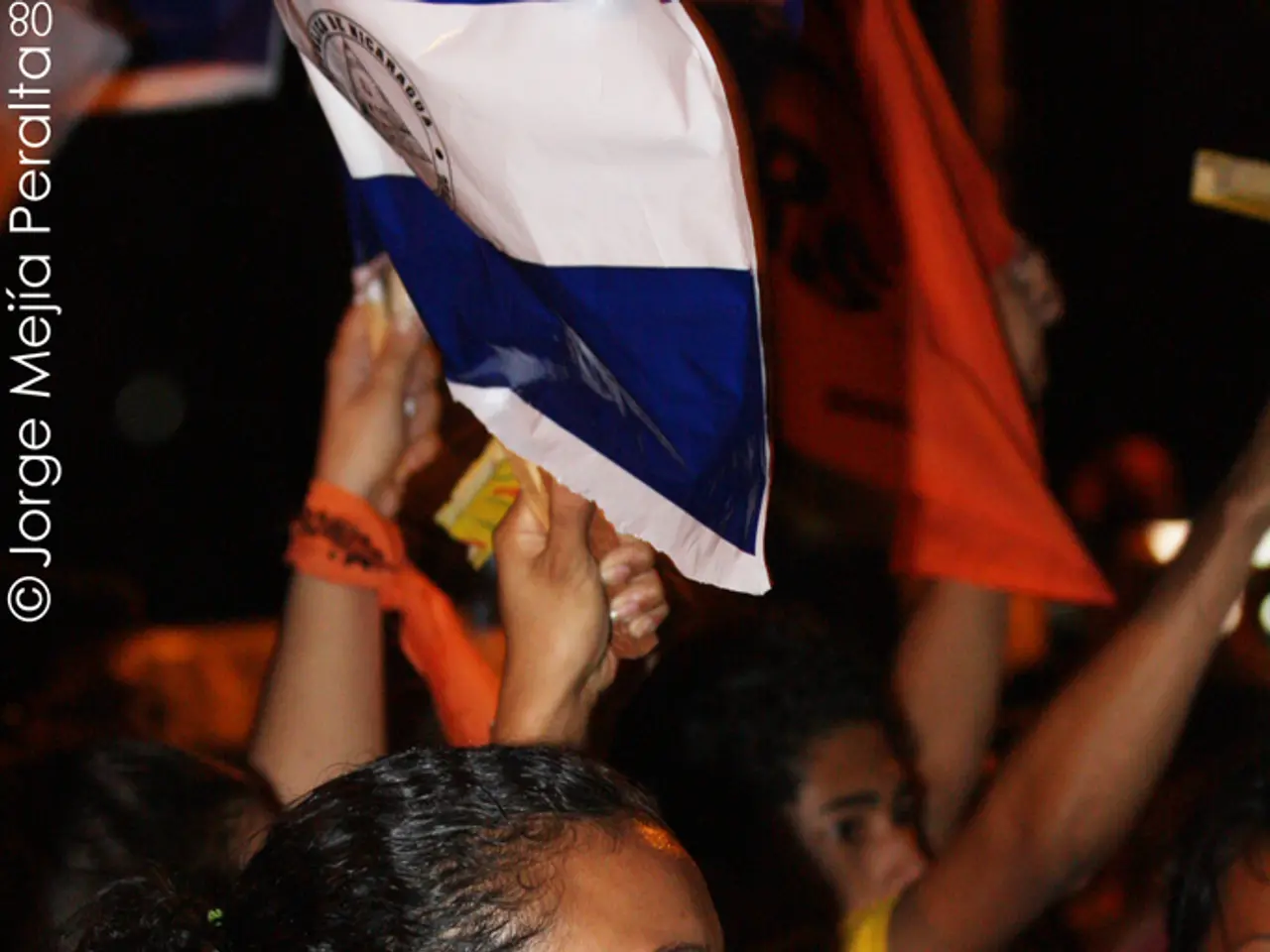Persistent High Temperatures Cause Discomfort for Millions: Is Relief in Sight?
Heavy Rain and Heatwave Pose Challenges for Eastern U.S.
The Northeast region is currently undergoing a double whammy of weather extremes, with heavy rain causing emergencies in New York City and New Jersey, and a heatwave looming over the South.
Torrential rain has been pounding the Northeast, leading to emergency conditions in both New York City and New Jersey. The cities are experiencing flooding, and residents are urged to stay indoors and avoid non-essential travel.
On the other hand, the South is bracing for a prolonged heatwave. High temperatures and humidity will remain in the Deep South throughout the weekend, with the city of St. Louis expected to see temperatures in the 70s on Thursday. By Friday, temperatures are predicted to reach near 70 degrees from Philadelphia to Boston.
To stay safe and cool during this extreme heat, the Centers for Disease Control and Prevention (CDC) recommends several key safety tips.
- Stay hydrated by drinking a cup of water every 20 minutes, even if you don't feel thirsty. Avoid sugary, caffeinated, or alcoholic drinks as they can cause dehydration.
- Spend time in air-conditioned places such as malls, libraries, or local cooling centers. If your home is too hot, seek out these cooler environments.
- Limit outdoor activities during peak heat hours, generally from noon to 4 pm. If you must go outside, do so early in the morning or after 4 pm, and wear sunscreen (SPF 15 or higher), a hat, and lightweight, loose clothing.
- Take frequent breaks in shaded or cool areas when outside, especially for children, older adults, athletes, and outdoor workers. Encourage drinking water or electrolyte drinks regularly during outdoor activity.
- Check on vulnerable individuals like the elderly, people with chronic illnesses, infants, and pets to ensure they have access to water and cool environments.
- Avoid heavy or hot meals, as they increase body temperature.
- Use sunscreen that offers broad-spectrum UVA/UVB protection to help prevent sunburn and heat-related dehydration.
Additional signs of dehydration include fewer wet diapers or darker urine in babies and dark urine in adults. Proper hydration typically results in light-colored urine and using the bathroom every two to three hours.
As the heatwave moves south, residents are advised to take these precautions seriously to reduce the risk of heat exhaustion and heat stroke, both serious health risks during extreme heat events.
In a separate development, a new heat dome may form over the desert Southwest, potentially exacerbating the heatwave conditions in that region.
[1] Centers for Disease Control and Prevention. (2021). Heat-related illnesses. Retrieved from https://www.cdc.gov/disasters/extremeheat/heat-illness.html [2] American Red Cross. (2021). Heat safety tips. Retrieved from https://www.redcross.org/get-help/how-to-prepare-for-emergencies/types-of-emergencies/heat-waves/heat-waves-safety-tips.html [3] National Weather Service. (2021). Heat safety. Retrieved from https://www.weather.gov/safety/heat [4] World Health Organization. (2021). Preventing heat-related illness and death. Retrieved from https://www.who.int/news-room/fact-sheets/detail/heat-health
Businesses in the affected regions should prepare for potential closures due to the ongoing weather emergencies. It's also important for them to prioritize employee and customer safety by encouraging the use of air-conditioned facilities, adjusting working hours to avoid peak heat hours, and providing regular breaks in cooler areas.








